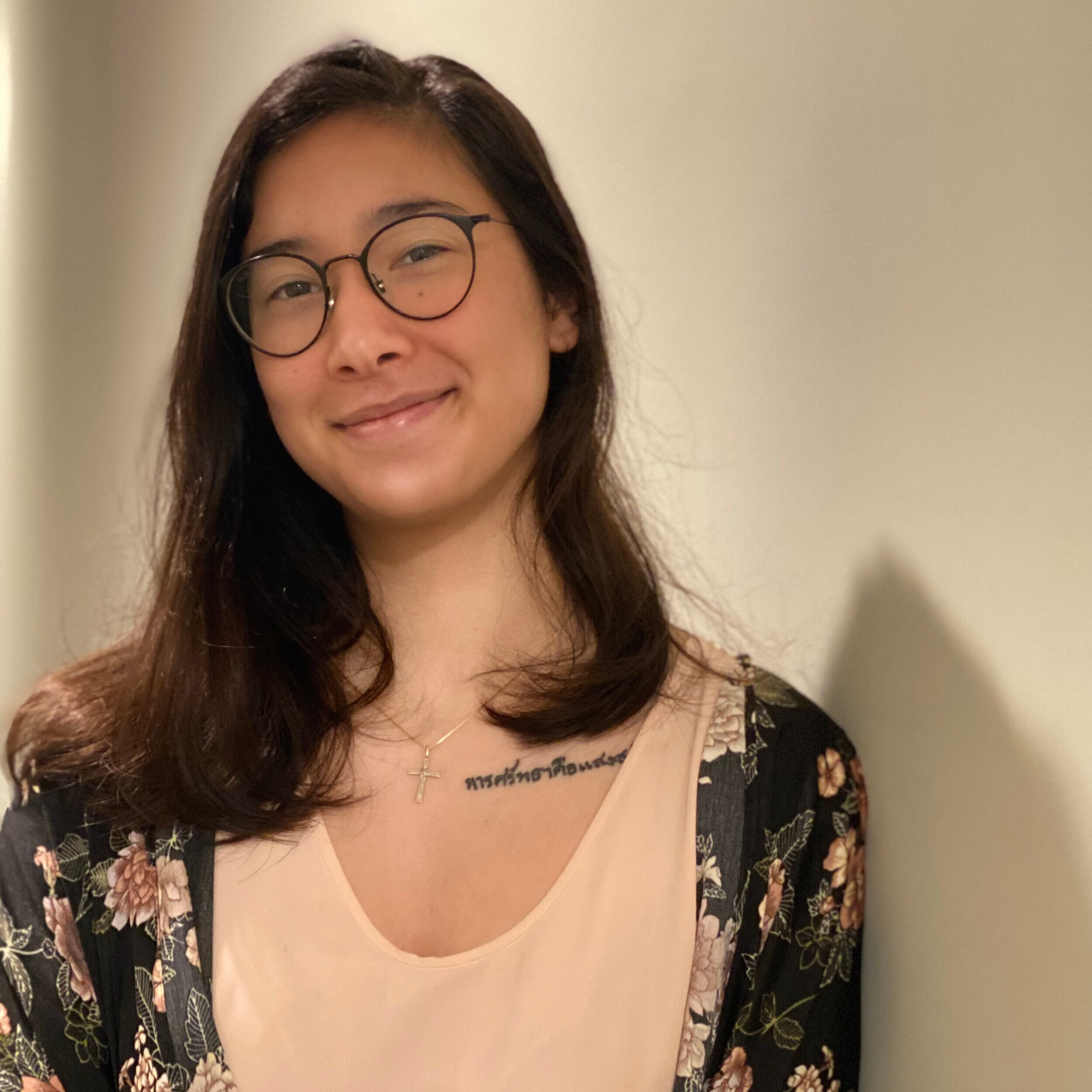The term “Stolen Generation” was coined after deeply discriminatory government policies were passed in Australia between 1910 and 1970. This was due to the fact that many Indigenous children were forcibly removed from their homes under the pretense of “assimilation” into “white society.” Assimilation was based on the “assumption of Black inferiority and white superiority, which proposed the Indigenous people should be allowed to ‘die out’ through a process of natural elimination or, where possible, assimilation into the white community.” This tragedy led to children being torn from their families, taught to reject their culture, forced to not speak their native languages and required to adopt white culture in new white families they were brought into.
Aboriginal people of white parentage, known at the time by the derogatory term “half-castes,” were most at risk of being removed from their homes since it was thought they would be easier to assimilate into white culture because of their lighter skin. Many were abused and neglected, and they received minimal education due to the assumption that the highest they would go was indentured servitude or work as manual laborers. The ensuing trauma has caused both the children and families mental trauma while the continued societal abuse such as stolen wages and racial discrimination was and still is prevalent. This is especially evident in statistics such as incarceration numbers and yearly wages. After George Floyd’s death, “debate raged about Australia’s own history.” By looking into the Australian national statistics, it was revealed the distrimination from back in the early 1900s has continued into the present.
Stolen Wages Still Prevalent Today
“Back in the early 1970s, Aboriginal people living in remote areas were being paid as little as 19% of the non-Aborginial population.” The average Indigenous income is roughly only 44% of the median non-Indigenous income, though the gap is starting to close for the 37% of the Indigenous population living in Australia’s major cities. 20% of the Indigenous population living in cities is still living in poverty, though, along with more than half of those living in rural areas. Even more concerning, “about 10% of the Indigenous population also received no income at all and that includes government payments. It is unclear how these people survive.”
Largest Incarcerated Population in the World
An even more shocking statistic was found in 2018 that “100% of children being held in youth detention in the (Northern) Territory are Aborginal.” They are currently the most incarcerated people in the world - not always for committing crimes. Tanya Day was arrested for sleeping on a train, later dying from repeated head injuries in jail. Additionally, a woman named Ms. Dhu was found dead in jail due to untreated injuries caused by prior family violence and abuse. The coroner said her medical care was “deficient” since the police refused to treat her, believing she was “faking it.” There have been serious concerns about racial profiling that have been directly correlated to arrests made - and the arrests not made. It was found that “Aboriginal and Torres Strait Islander people made up about 2% of the general population but represent 28% of those in prison.” It has been estimated that in the last 29 years, one Aboriginal or Torres Strait Island person has died every three weeks in jail.
Higher Levels of Domestic Violence, Abuse and Poverty
Another impact of Aboriginals being forced to assimilate into white communities is a staggering amount of domestic violence and abuse. Aboriginal women are 34 times more likely to be hospitalized from domestic abuse; however, when Aboriginal women try to call police for help, they are often arrested instead for defending themselves. This has also led to the statistic that Indigenous people have a lower life expectancy than the average non-Indigenous person, by an estimated 9 years. This has been blamed on factors such as poverty, poor health care, lack of healthy food, low living standards and more.
The reality of today’s society in Australia is the hidden discrimination that started in the early 1900s and prevails even today. With the recent global reaction to racial discrimination and slavery, a closer look into Australia’s history has revealed these revelations that have often been covered up and disputed. Efforts to increase awareness of the current state of affairs in the country have been underway and protests continue despite an absence of widespread media coverage.
Elizabeth Misnick
Elizabeth is a Professional Writing and Rhetoric major at Baylor University. She grew up in a military family and lived in Europe for almost half her life, traveling and living in different countries. She hopes to continue writing professionally throughout her career and publish her writing in the future.


